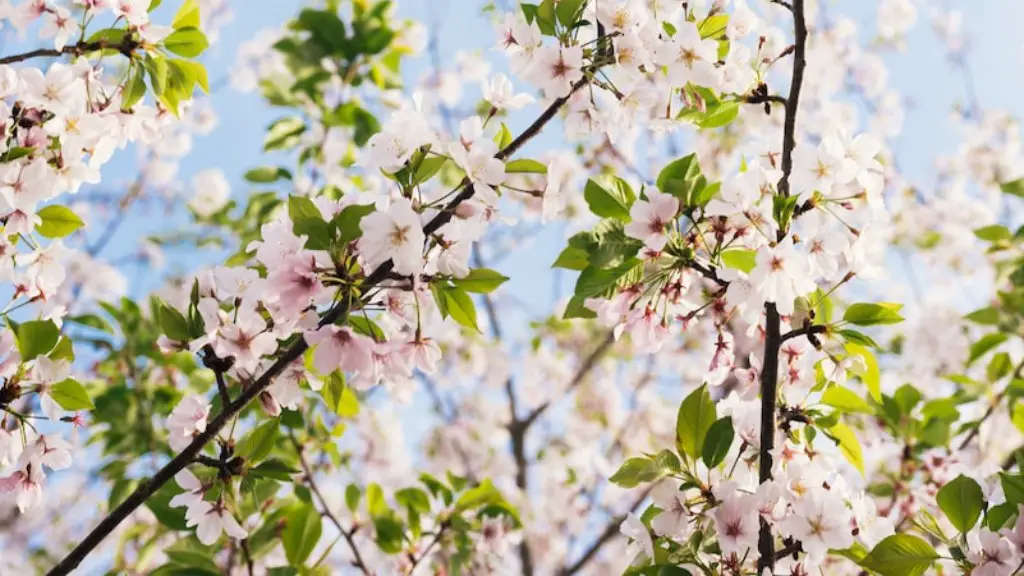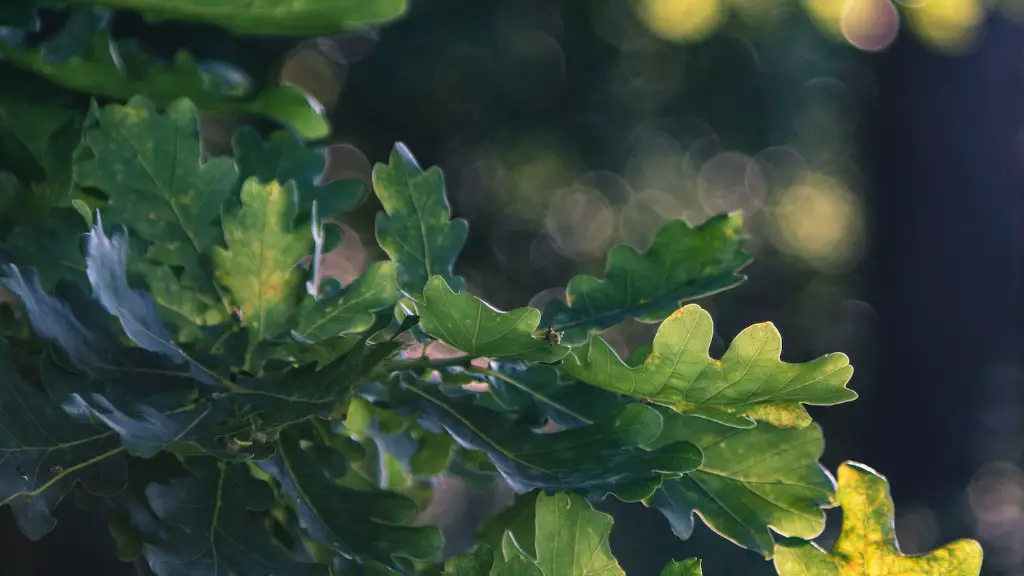Overview
Stella cherry trees (Prunus avium) is a type of cherry tree widely cultivated across the United States and Europe. Their sweet flavor and large size make them ideal for a variety of culinary applications, as well as for ornamental purposes. While many cherry trees require a great deal of pruning and care, Stella cherry trees are relatively low maintenance and can thrive in many different climates and conditions. With proper care, you can grow a Stella cherry tree that you can enjoy for years.
Site Preparation
When selecting a site for your Stella cherry tree, make sure it is receive enough sunlight and has good drainage. Too much shade and the tree won’t produce as much fruit, and the soil needs to be well aerated and moist. Planting a Stella cherry tree in well-drained soil is important to keep the roots from becoming waterlogged. Also make sure the area is free of weeds and grass, as these can compete with the tree’s root system.
Planting Instructions
When planting the tree, dig a hole twice the width of the root ball and just as deep. After you have placed the tree in the hole, fill in the surrounding area with soil, making sure to tamp down lightly to ensure there are no air pockets. Water the planting area deeply to help the root take hold. Planting stakes and tree tubes will help protect the tree from being damaged by lawn mowers and other yard equipment such as trimmers. Be sure to tie them securely, but not too tight that it may damage the bark.
Fertilizing and Watering
To help the tree grow and thrive, use an organic fertilizer such as compost or manure. Apply the fertilizer once a month in early spring and once more in late summer and fall. For the first two years, fertilization is especially important. Water your Stella cherry tree at least twice a week during the first year, and then once a week thereafter. During prolonged dry spells, increase the watering frequency to every three days. Be sure to water the plant evenly and deeply to avoid leaf burn, which can result from the concentrated salts in the fertilizer.
Pruning
Stella cherry trees don’t require much pruning, but it’s important to remove any dead or damaged branches. Prune in the winter or early spring before the growing season starts. When pruning, use sharp, sterilized shears or pruners and cut just above the node (the joint where a branch meets another). Also, prune away any suckers that grow at the base of the trunk. These will keep the tree from forming a single, central leader.
Insect and Disease Control
Stella cherry trees are typically resistant to pests and diseases. However, there are some common diseases and pests that can affect them. Monilinia blight (a fungal disease) can cause leaf spots and fruit rot. To reduce the prevalence of Monilinia blight, make sure to keep the ground around the tree free of debris and fallen leaves. Also, be sure to sanitize any pruning tools before and after use. For insect control, be on the lookout for aphids or scale insects, both of which can be treated with an organic insecticide.
Harvesting the Fruit
The Stella cherry tree will usually produce fruit within 2 to 3 years of planting. The fruit is ripe when it’s a deep, dark red color. When harvesting the fruit, be sure to wear gloves to prevent skin irritation. You can harvest the fruit either by hand or using a fruit picker, which is available at most garden centers. Once picked, the fruit is best enjoyed fresh, but can also be stored in the refrigerator for up to two weeks.
General Maintenance
Stella cherry trees are relatively low maintenance, but to keep them in prime condition and producing plenty of fruit, there are a few steps you can take. Mulch around the base of the tree to help keep the soil moist and suppress weeds. Keep an eye out for any signs of pests or diseases, and act quickly if any arise. Finally, remember to prune the tree in early spring and to fertilize it in early spring and late summer.
Soiltype
For optimal growth, Stella cherry trees prefer sandy loam soils that are slightly acidic. If your soil is too alkaline, you will need to adjust the pH level by adding sulfur or another acidic soil amendment. Additionally, make sure the soil is well aerated and drains well. If the soil contains too much clay, you may need to add some organic matter, such as compost, to help it drain better.
Pest Protection
Pests, such as birds and animals, can be a big problem for your Stella cherry tree. To protect your tree, you can use netting to keep birds away. You can also plant companion plants such as garlic and marigolds, which can help keep pests away. Additionally, you may want to consider using a pet-safe repellent or even a motion-activated sprinkler to keep animals at bay.
Mulching Benefits
Mulching is important for the health of your Stella cherry tree. Mulch helps retain moisture in the soil and prevents weeds from growing. A 2 to 3 inch layer of mulch will help keep the soil at a more consistent temperature as well. Additionally, mulch helps add vital nutrients to the soil as it breaks down. Straw, grass clippings, or even compost can all be used for this purpose.


